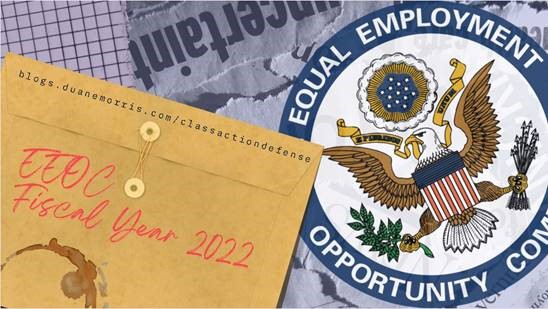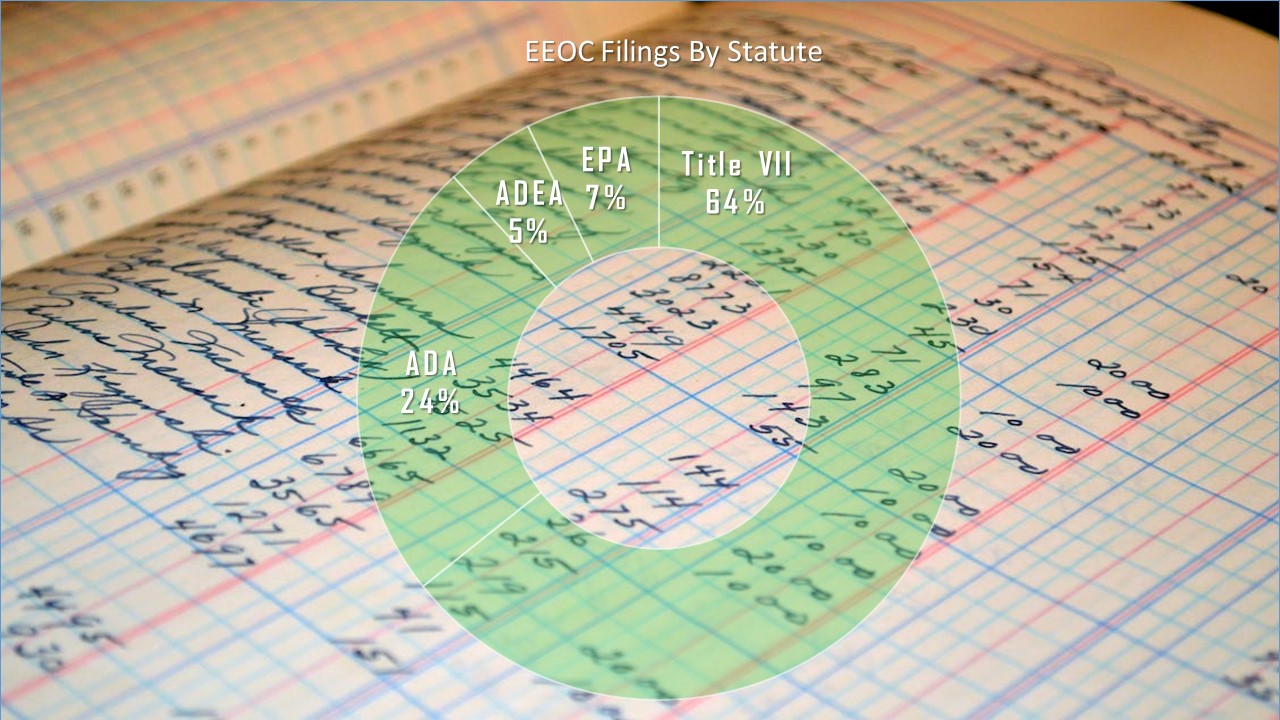 By: Gerald L. Maatman, Jr., Jennifer A. Riley, and Rebecca S. Bjork
By: Gerald L. Maatman, Jr., Jennifer A. Riley, and Rebecca S. Bjork
Duane Morris Takeaways: On October 1, 2022, in Texas v. EEOC, No. 21-CV-194 (N.D. Tex. Oct. 1, 2022), Judge Matthew Kacsmaryk of the U.S. District Court for the Northern District of Texas ruled that the EEOC’s guidance on Bostock v. Clayton County, Georgia, 140 S.Ct. 1731 (2021), was invalid and unlawful. The EEOC’s guidance sought to delineate workplace protections for LGBTQ employees relative to general workplace policies, including obligations related to dress codes, use of bathrooms, and preferred pronouns. The Court agreed with the legal challenge mounted by the State of Texas over the Commission’s guidance. While the final chapter on these issues is far from written, employers should consider the ruling in Texas v. EEOC as part of a broader analysis of EEOC workplace regulations and the ever expanding array of issues involving appropriate workplace personnel policies.
The EEOC’s Guidance
On June 15, 2021, the Commission issued guidance on its interpretation of Bostock on the one-year anniversary of the U.S. Supreme Court’s ruling. Bostock, in a 6 to 3 decision, held that Title VII of the Civil Rights Act of 1964 prohibits discrimination against employees based on their sexual orientation or gender identity.
The EEOC’s guidance on Bostock – which can be accessed here – asserted that employers were obligated to accommodate LGBTQ employees regarding dress codes, use of identifying pronouns, and bathrooms and locker rooms. Critics of the Commission claimed that the guidance went far beyond the holding in Bostock and constituted impermissible rulemaking.
The Legal Challenge Of Texas
In what only can be deemed an extraordinary legal challenge, the Texas Attorney General sued the EEOC and sought declaratory and injunctive relief to invalidate the EEOC’s guidance and enjoin its enforcement and implementation. The lawsuit also challenged an analogous set of regulations issued by the U.S. Department of Health and Human Services (“HHS”). After rulings on procedural issues, Texas brought a motion for summary judgment on the grounds that: (i) the guidance of both agencies was inconsistent with the law; (ii) was arbitrary and capricious; and (iii) constituted improper rulemaking without following applicable notice-and-comment rulemaking procedures under the Administrative Procedure Act (“APA”).
The Court’s Decision
Judge Kacsmarky agreed with Texas, rejected the positions of the EEOC and the HHS, and granted summary judgment against the agencies.
The key aspect of the decision focused on the reach of Bostock. Judge Kacsmarky opined that the U.S. Supreme Court confined its ruling to a holding that Title VII banned workplace bias due to an employee’s “homosexual or transgender status.” Id. at 6. In analyzing Bostock, Judge Kacsmarky determined that the EEOC and the HHS misread the Supreme Court’s opinion. Id. at 7-14. He held that Bostock did not extend to “correlated conduct,” such as dress, bathrooms, use of pronouns, or healthcare practices. Id. at 4.
Based on this reasoning, Judge Kacsmarky ruled that the EEOC and HHS violated Title VII and the APA by issuing what he deemed the equivalent of substantive, legislative rules through improper procedures. As a remedy, he declared the guidance unlawful, set it aside, and awarded attorneys’ fees and costs to Texas.
Implications For Employers
The ruling in Texas v. EEOC reflects a judicial finding that the Commission acted inappropriately in attempting to push the legal envelope in terms of how Bostock should be read to obligate employers to accommodate LGBTQ employees in the workplace. That said, the ruling is unlikely to shut down the Commission’s efforts to push for expansive interpretations of the boundaries of Title VII. Employers can expect the Commission to pursue other test cases and litigate over the interpretation of Bostock for the foreseeable future. Furthermore, the Commission is apt to appeal the ruling in Texas v. EEOC to the U.S. Court of Appeal for the Fifth Circuit. Stay tuned!





